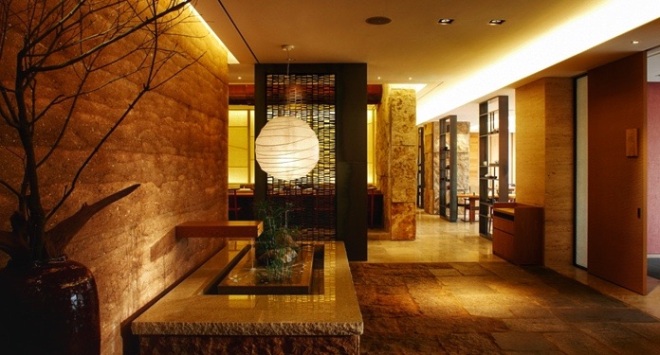We were invited, Farmer and I to lunch at a Japanese restaurant day before day before, yesterday. I have been thinking just before that how nice it would be to scoot off to one eatery in the village and just order a Moriawase, or a Chirashi. Even a good chawan would be delectable.
I haven’t really had good sashimi for almost …
I was surprised to see that the F & B chain had replaced their electronic POS, these huge clumsy tactile visual displays with each table equipped with an iPad and their newly designed menus, as an app.
How tidy. And they were all secured to a metal arm which was attached to the edge of the table where the banquettes were. Our table however had a missing iPad.
Someone must have … people do get enticed these days you know.
And then I saw they replaced their bargain-priced, bamboo chopsticks with a steady weight black-coloured ceramic ones. These are nice, and by then I was teased.
I like chopsticks. Japanese ones are tapered at the end, for easier picking up bits of food. The Chinese ones are broader, usually longer and if you’re unlucky are usually waribashi or otherwise known as disposables. Sometimes, these are joined at one end, and when you split them apart, they usually look like as if Harry, and Sally had a disagreement.
I normally carry a pair of Japanese chopsticks in my handbag — I dislike having to use ones that have been previously sanitised. In Asia Pacific, chopsticks are an essential hygiene-accessory. One wouldn’t normally consider using chopsticks which, most often than not have seen better days at the local kopitiam or your favourite Nihon Shoku. Some ivory-coloured plastic chops aren’t inviting to be held.
If you’re imaginative, you can already see where those had been.
Consider food accessory such as modern day chopsticks, or cutleries to be personalised out of graphite (graphene) or a suitable material with an embedded chip to assist in reading the freshness and (yet) perishable state of the food prepared. Other usage could include reading or identifying the caloric or diagnostic assay, in say radioactive regions.

